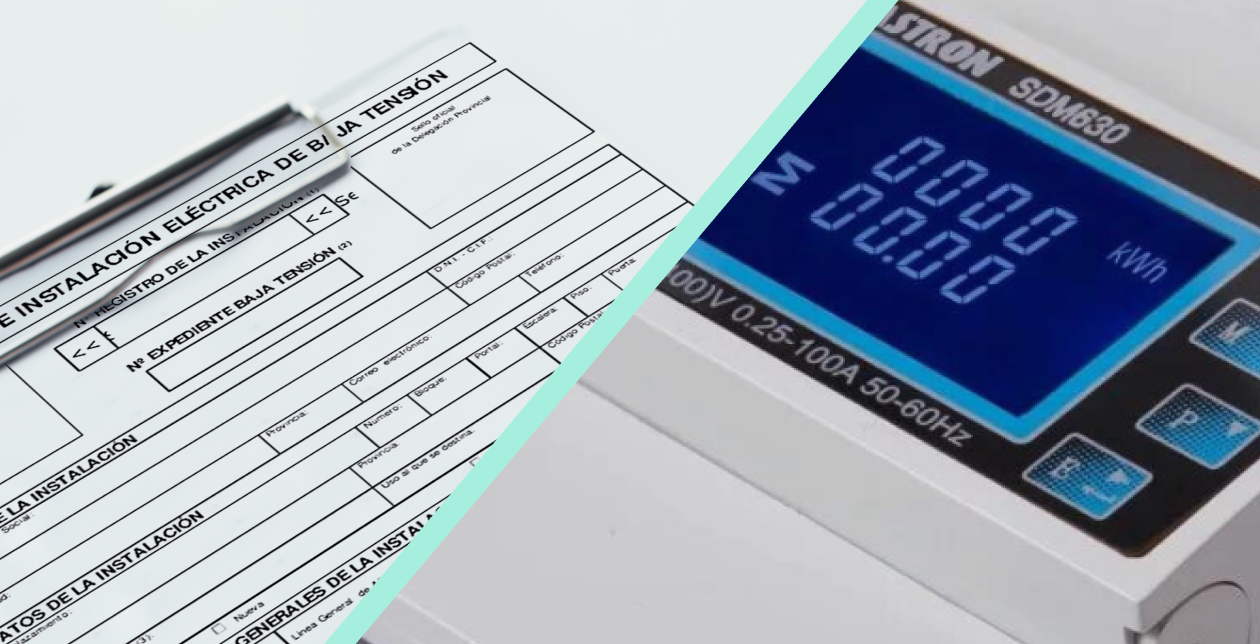
Certification or zero discharge - how do you save more?
Since we launched our new certification service for plug & play solar kits in Spain, we’re getting questions from customers as to whether it is better to certify your kit or install a zero discharge device. We have previously discussed the importance of surplus power and zero discharge devices, and now want to discuss if the kit certification is a viable alternative.
What is a zero discharge device and why do I need it?
A zero discharge device blocks any surplus energy your household might have to be fed into the power grid. The device measures the power flowing through the main power line, and if it detects that it flows out of the household into the grid, it throttles your microinverter output until there is no discharge of surplus power into the grid. Depending on your local electrical code you might need to install such a device if you don’t have an installation certificate. It costs anywhere from €100 to €300, and generates no economic benefits for you. Your micro inverter might not produce at full capacity, making you lose power production that you could feed into the grid and offset with your consumption in other times of the day.
What is a solar kit certification and what do I need it for?
To do this, your power company needs to agree to compensate for your surplus energy, either by paying you per kWh you feed into the grid or by just accounting your surplus kWh against your consumption at other times of the day. In some countries, power companies request some documentation on your plug & play solar kit. In Spain this is an electric installation certificate (CIE), that you need to pay for. Once you have this certificate, you send it to your power company, which checks that your meter measures bidirectionally, and then activates the measurement of your surplus energy. This certificate costs €129 VAT incl. with us, plus any tax that the local authorities levy (for example €0 in Andalusia, Valencia, Navarra or the Basque country, €34,15 in Catalonia, €50 in Madrid or up to €125 in Extremadura).
Conclusions
Comparing the two options, it is clear that a zero discharge device generates only costs and no benefits. A certificate on the other hand costs money, but generates savings. Over the 30 years lifetime of your plug & play solar kit you are more than likely to earn back the certification cost. But there is an additional benefit of certification. Once you get compensated for your surplus energy, you can over-install plug & play solar kits, to generate more surplus energy than you would normally do, to increase the compensation of your consumption in other dayparts. If your company accounts surplus energy against other consumptions, avoiding you to pay the expensive kWh costs of the power you consume, your savings will likely be high enough to pay back both the kit and certification cost in a very short amount of time. After paying back the initial investment, you have many years of production of your kit that generates free solar energy, saving you thousands of Euros every year.

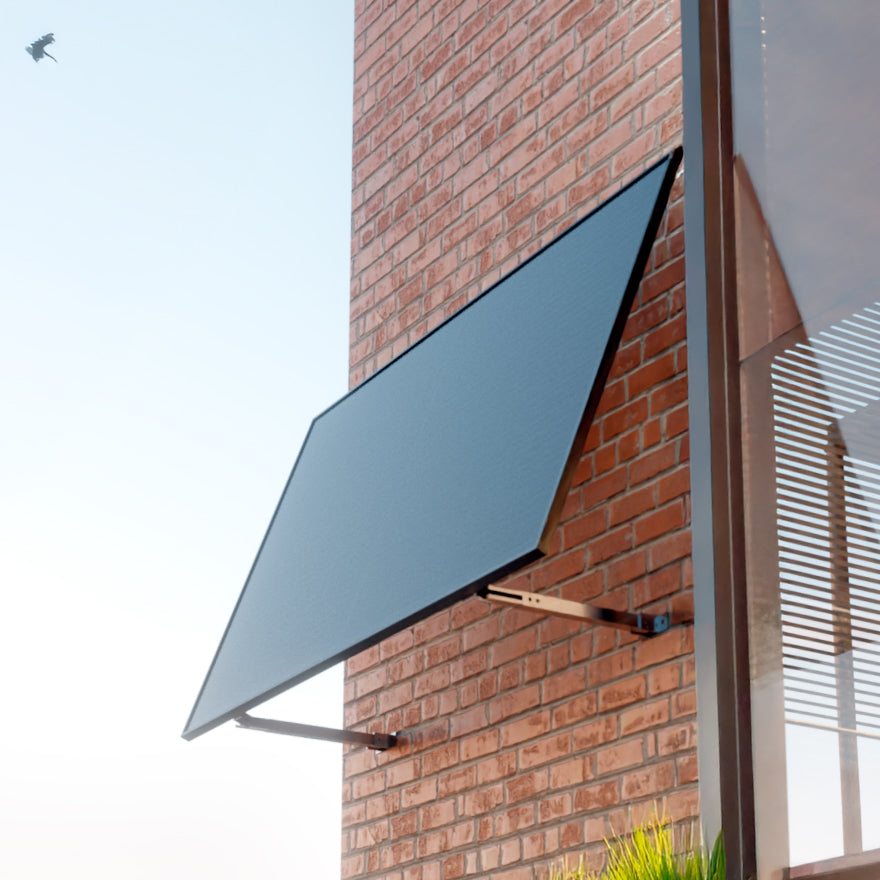
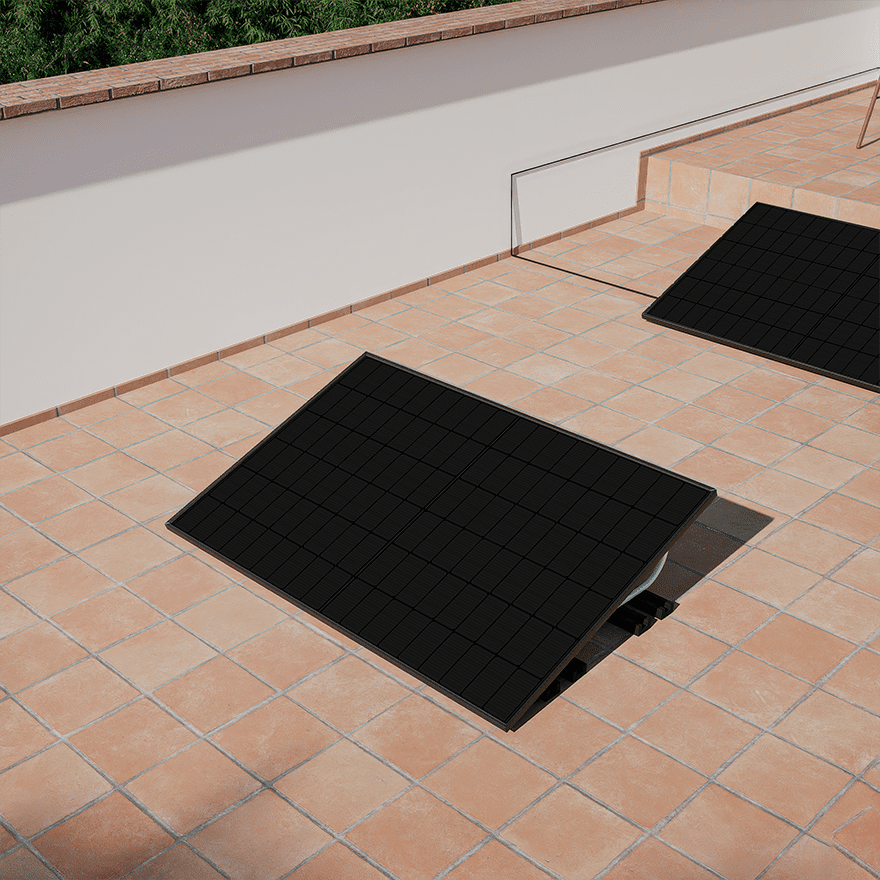
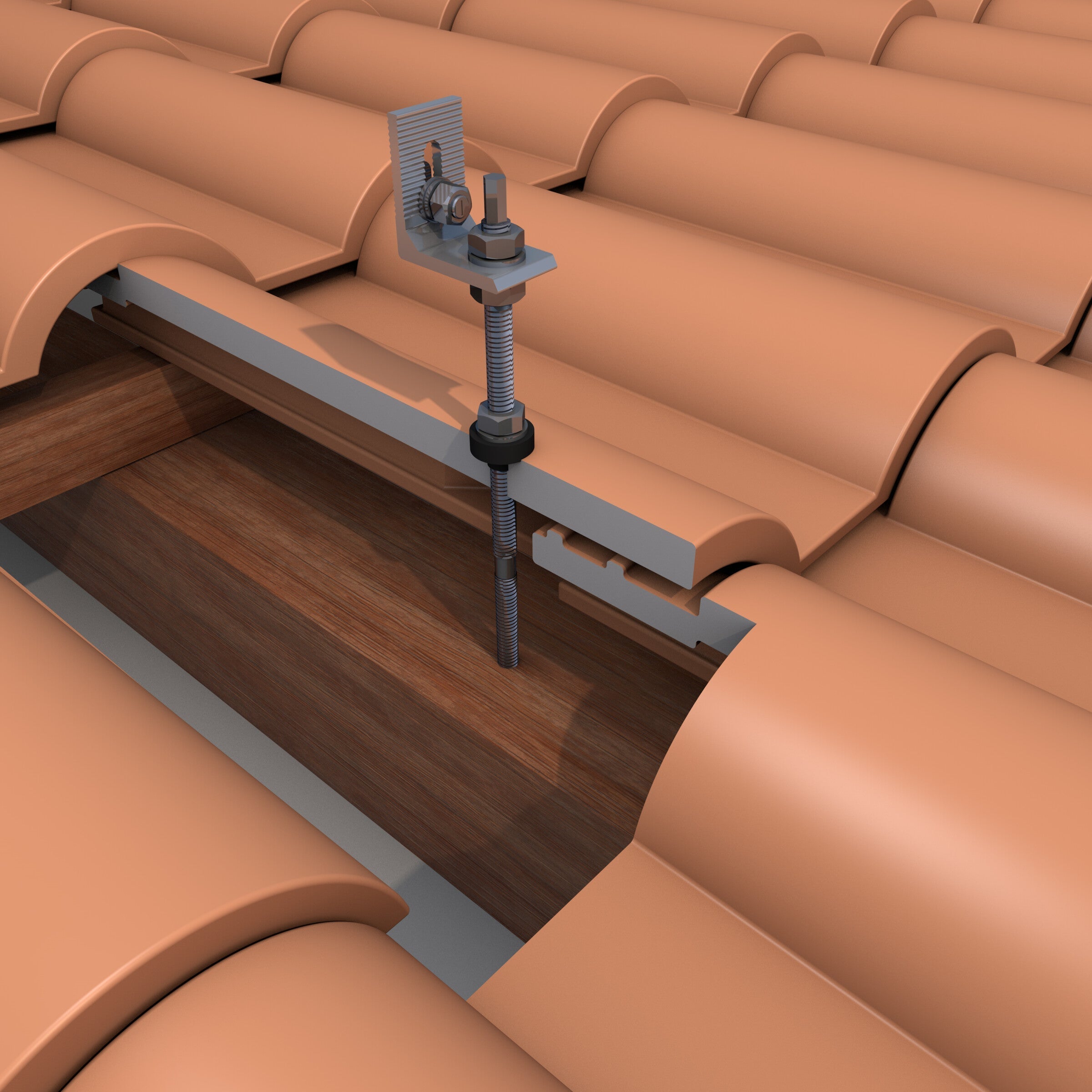
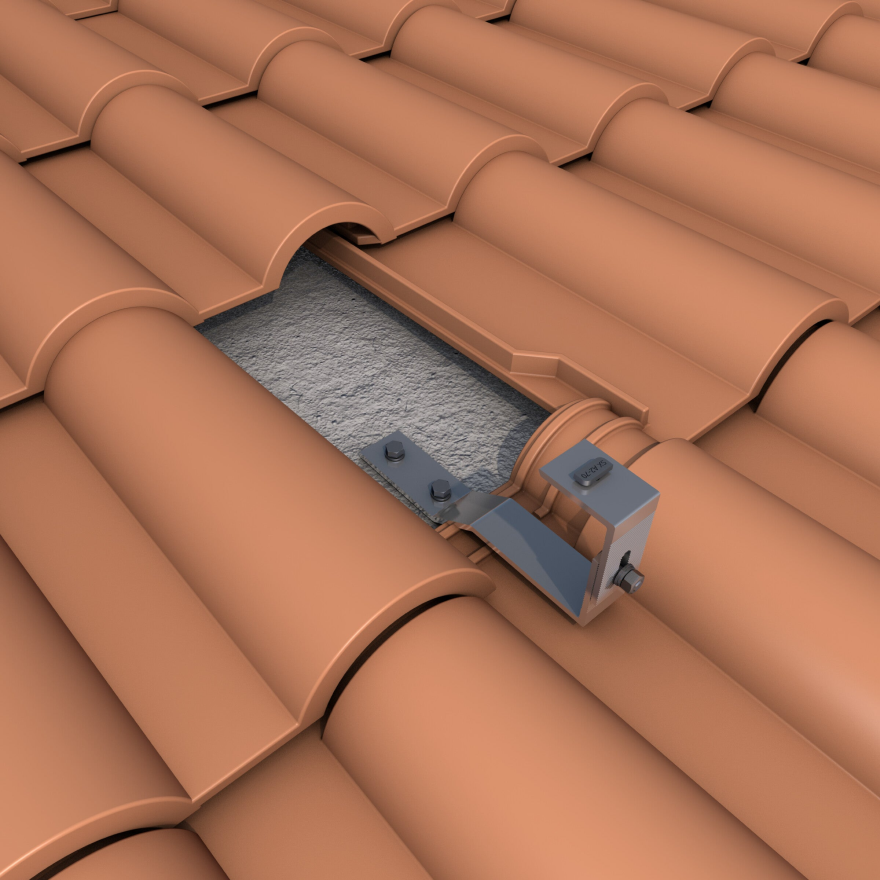
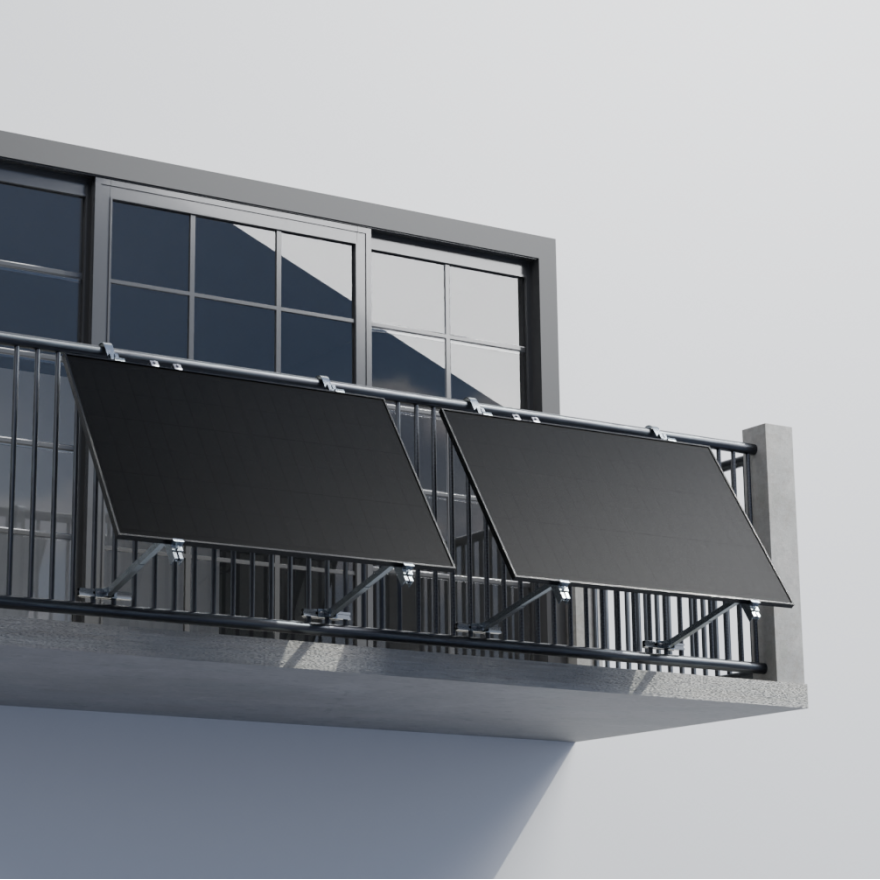
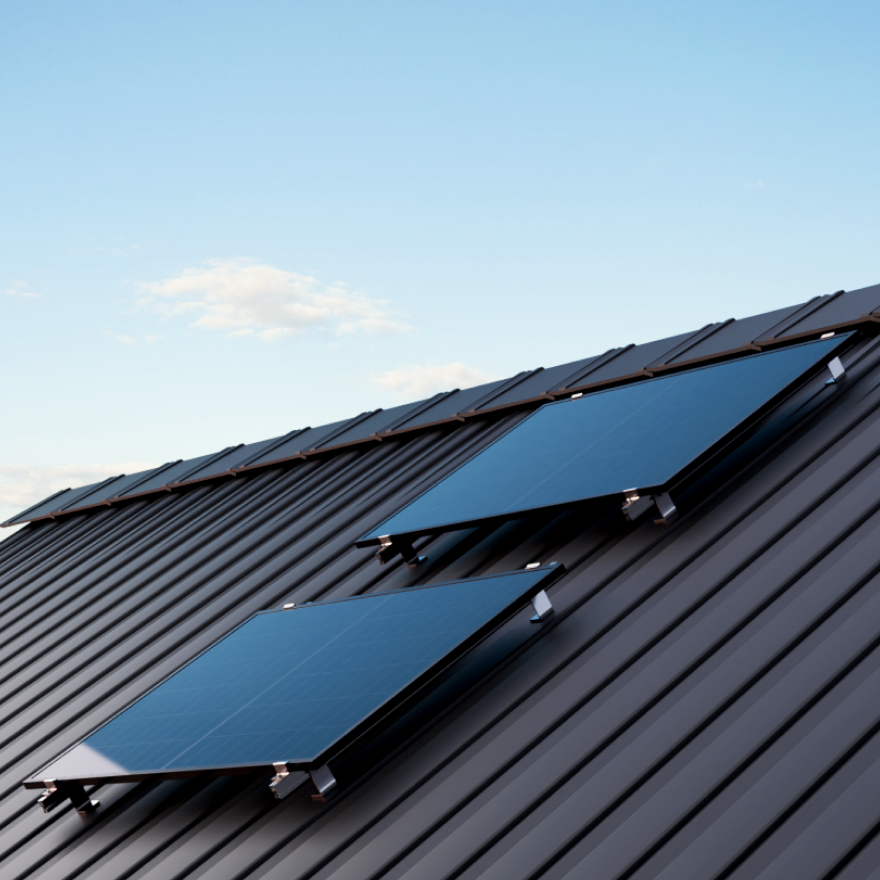
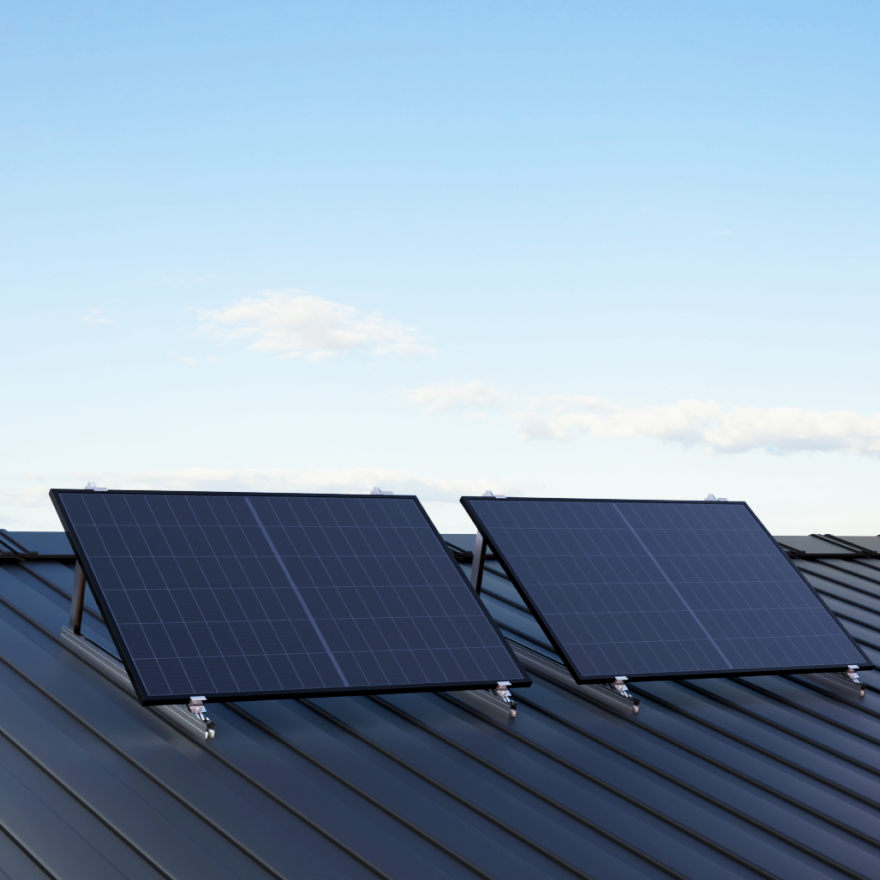
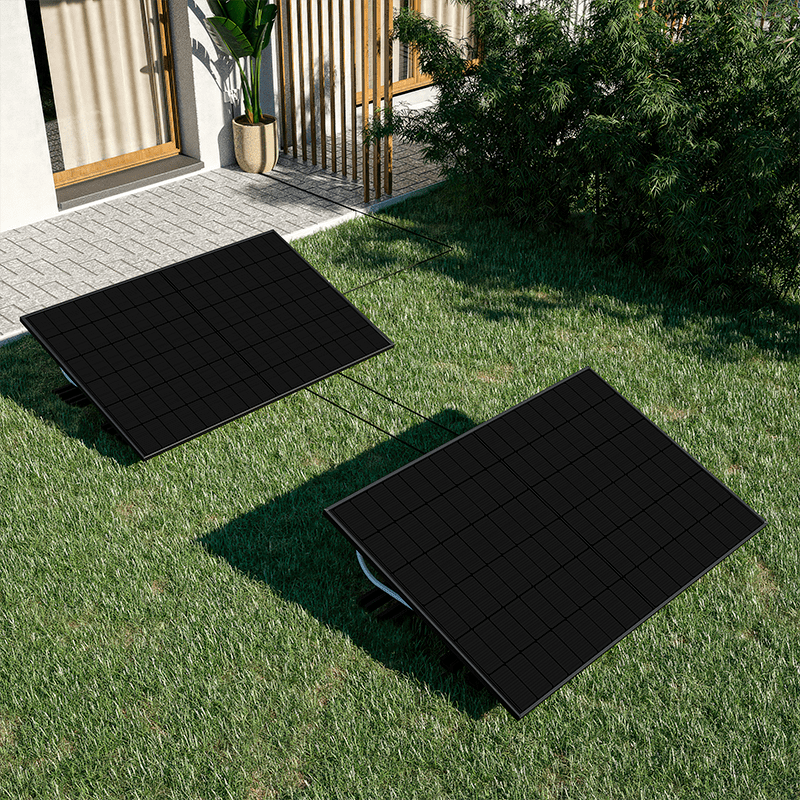
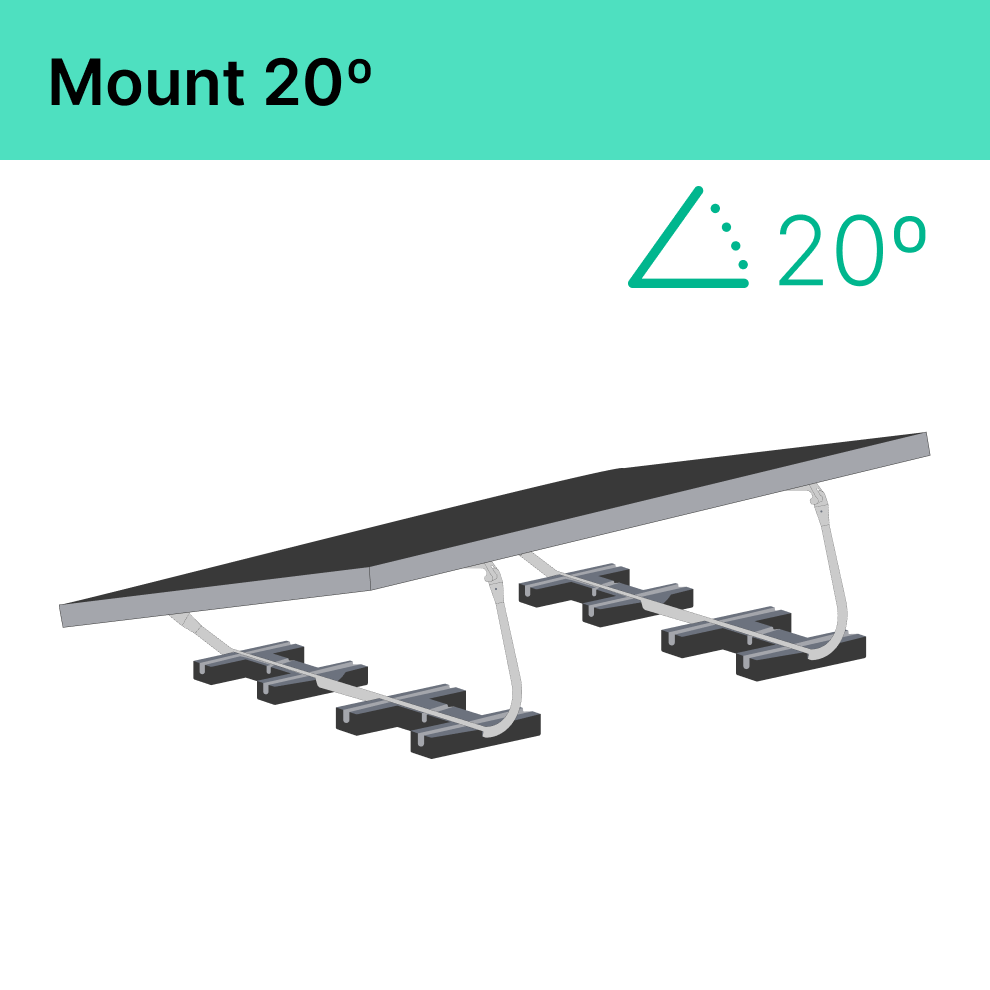
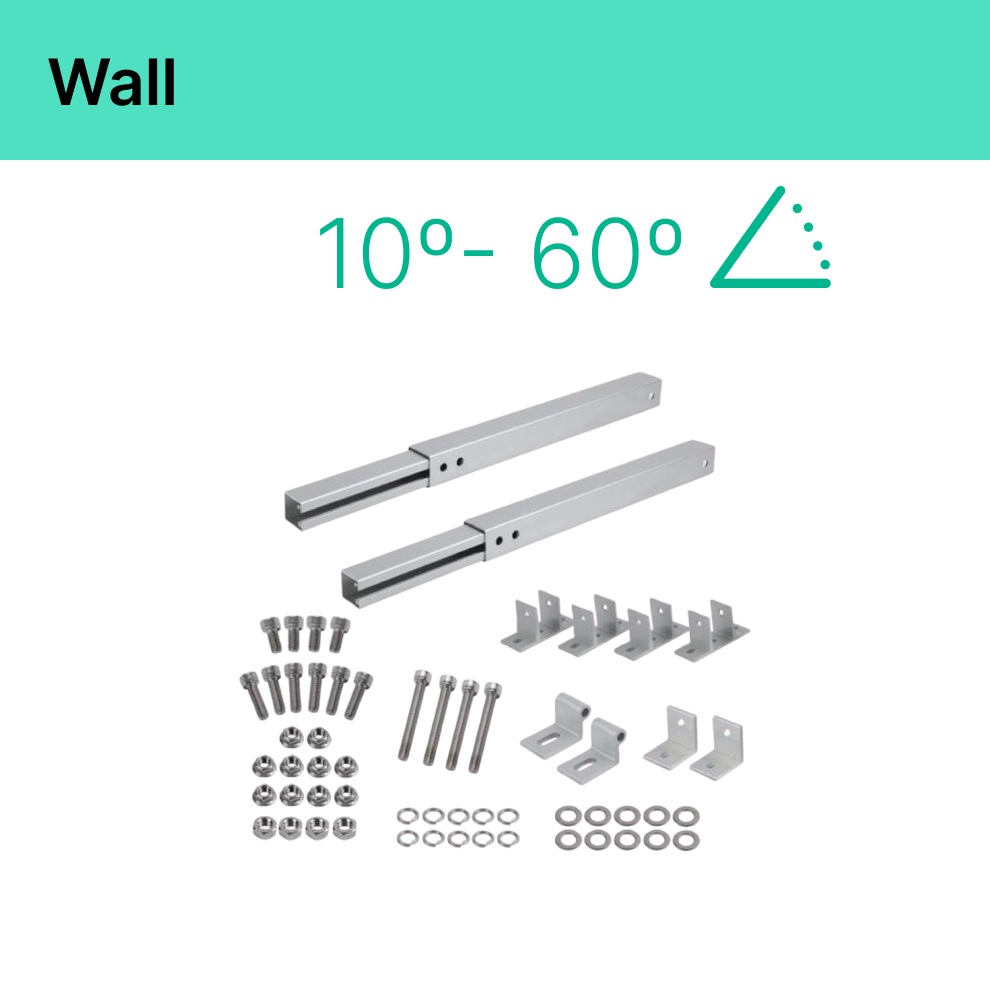
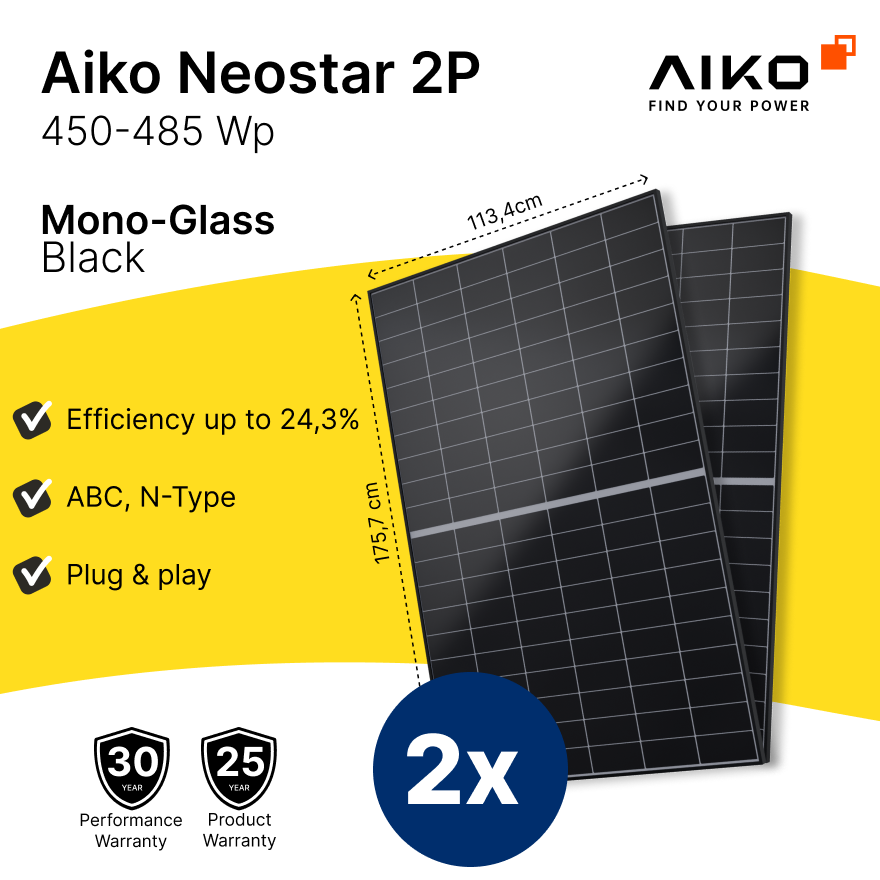
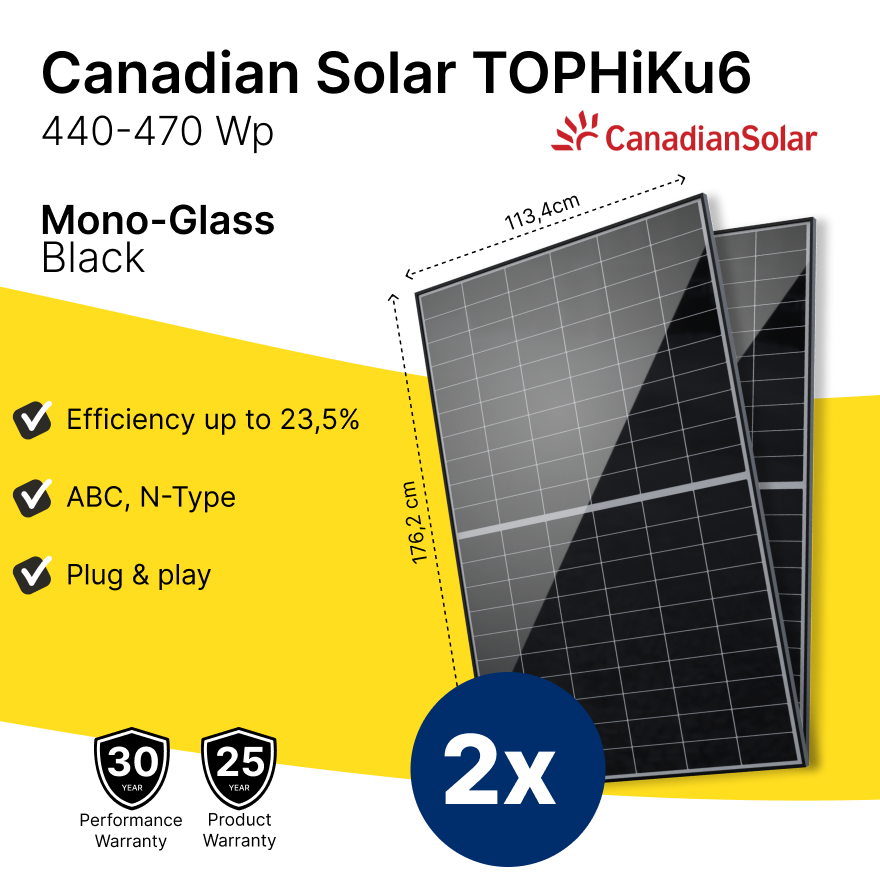
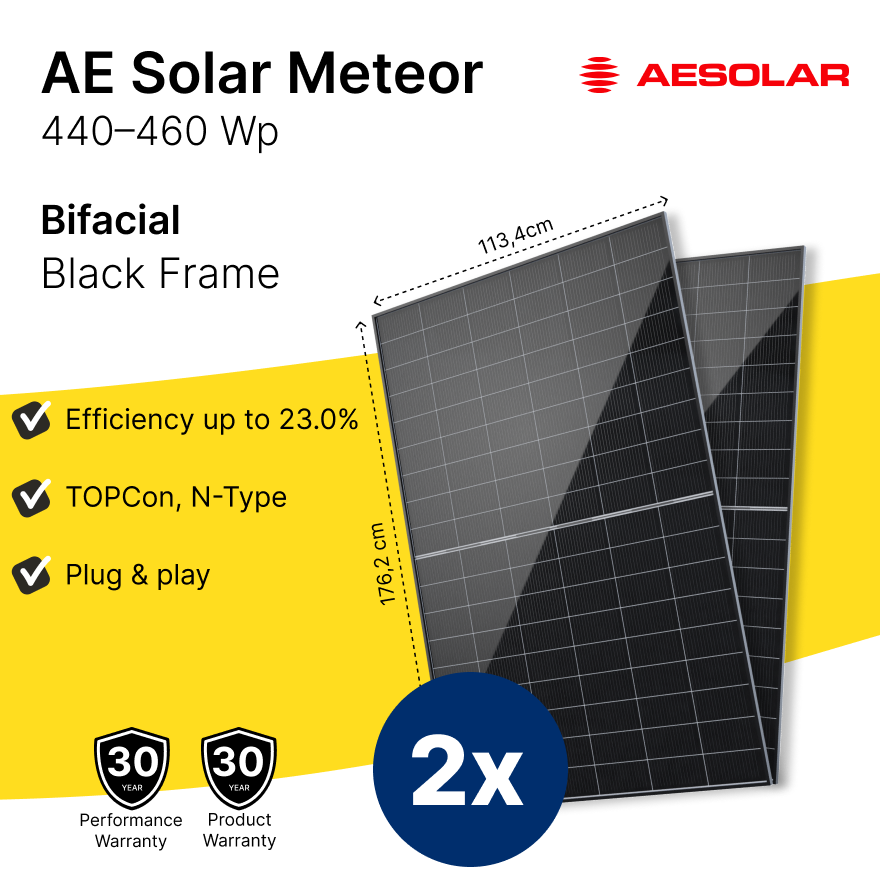
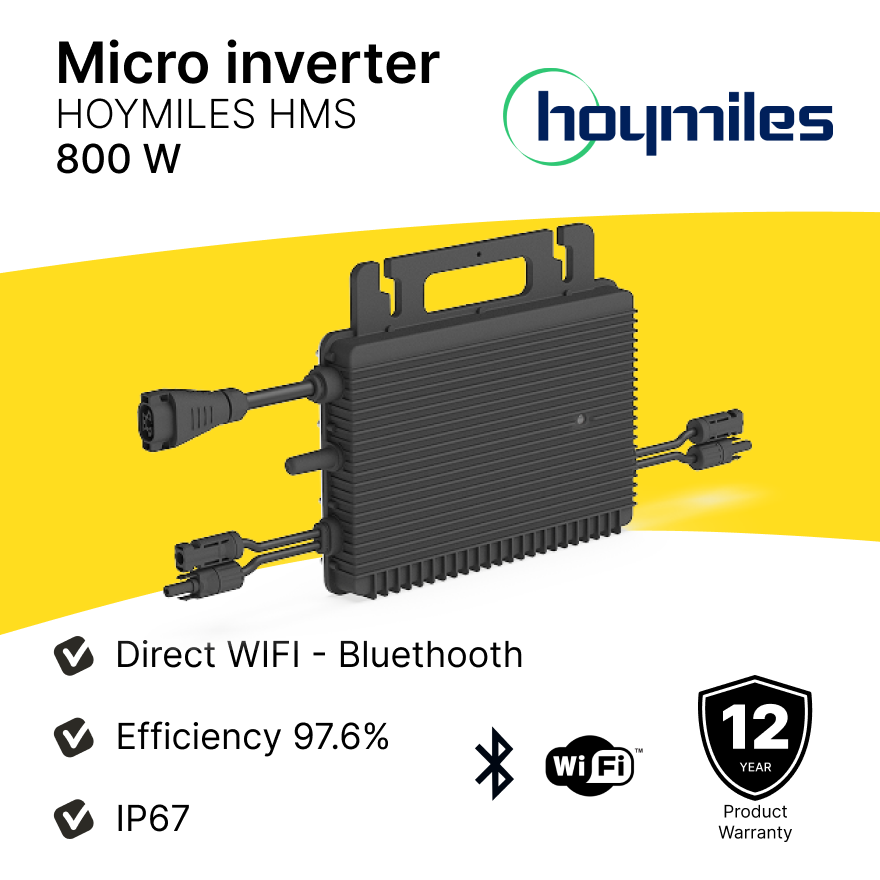
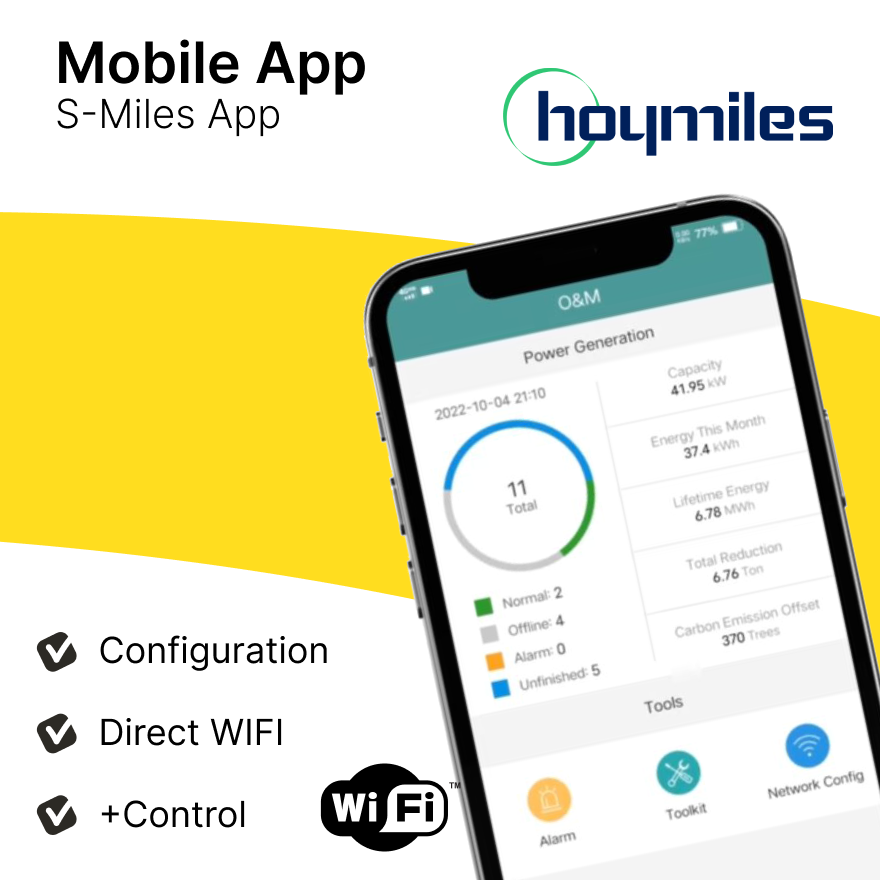
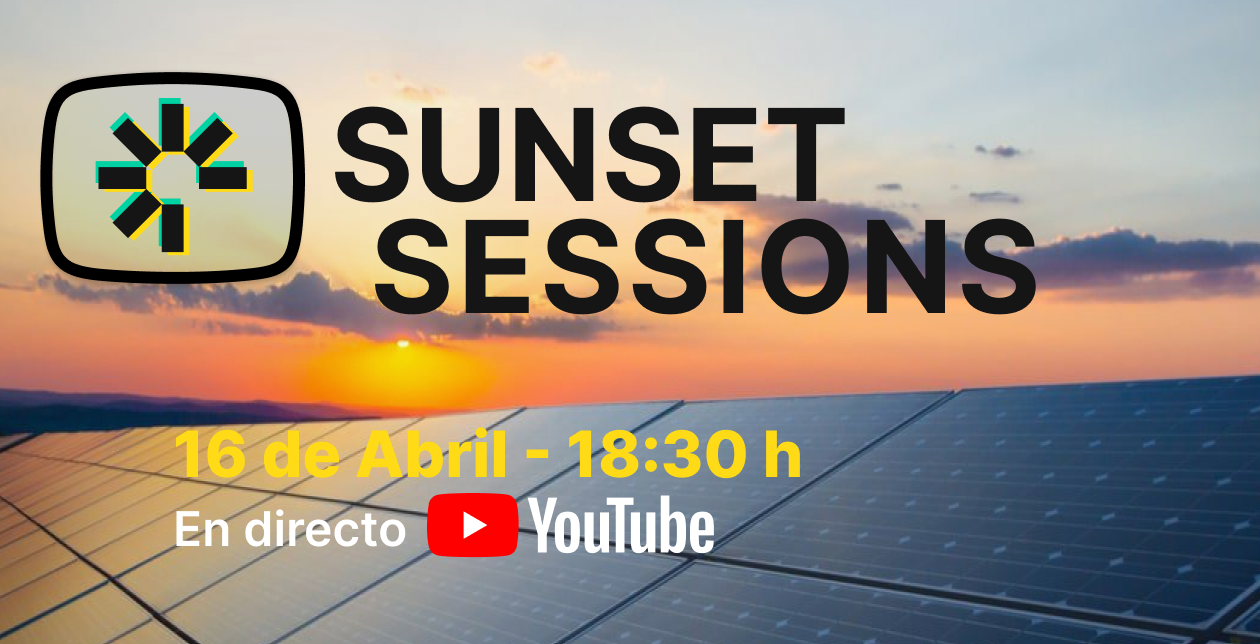
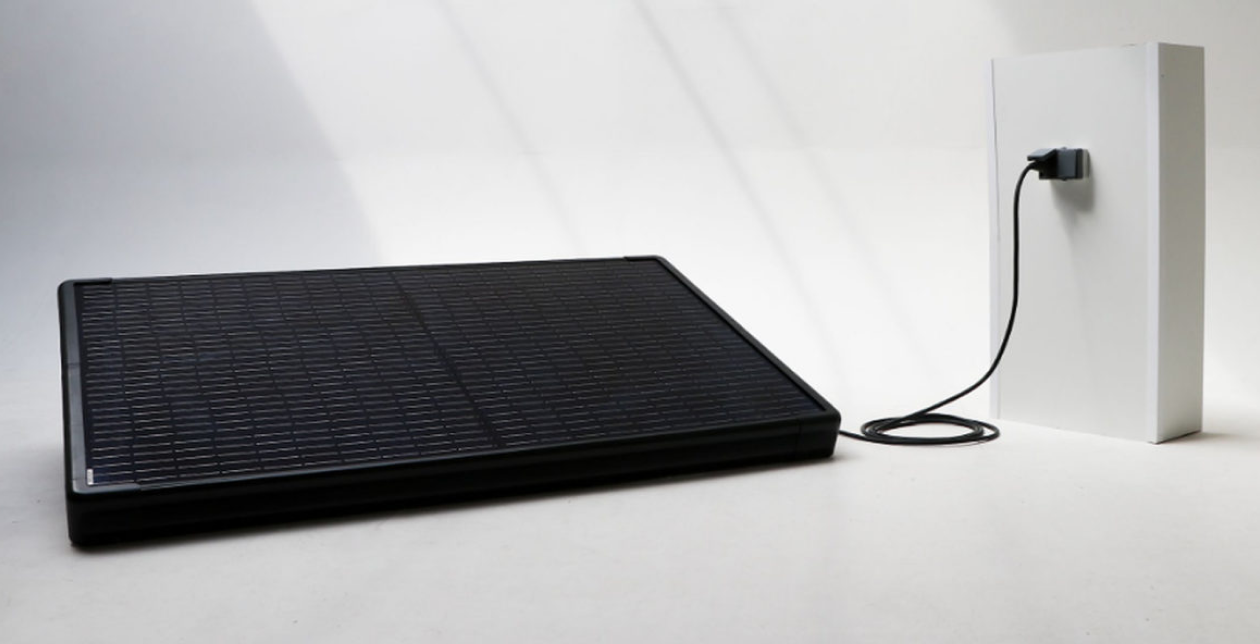
2 comments
Actualmente, los sistemas de vertido cero que ofrecemos deben ir acompañados de un sistema de almacenamiento, como las baterías de Anker o Marstek. Al conectar la batería con el smart meter o el dispositivo de vertido cero y tu kit solar, el excedente de energía producida se almacena en la batería. Si no consumes esa energía, el smart meter lo detecta y regula automáticamente la producción para evitar que se vierta a la red.
Robinsun
He comprado un kit robinsun 2000 basic y quisiera saber que vertido cero es comoatible
Luis Chiquero Hervas
Leave a comment
This site is protected by hCaptcha and the hCaptcha Privacy Policy and Terms of Service apply.